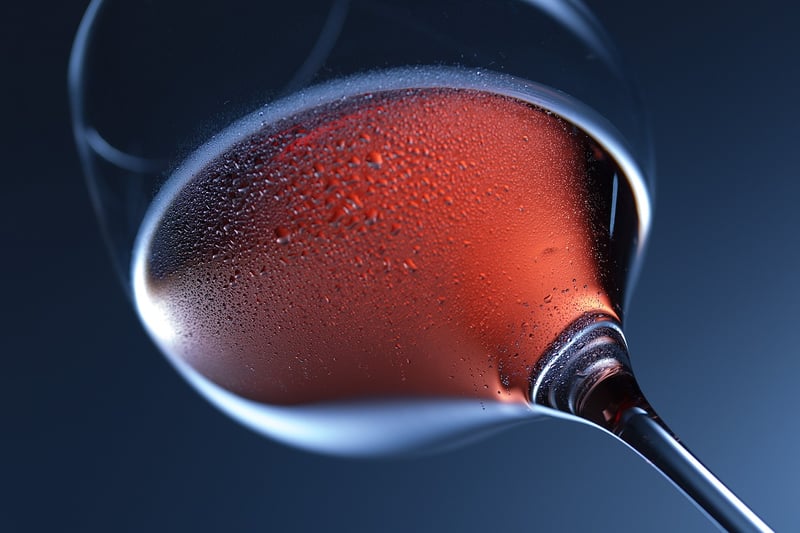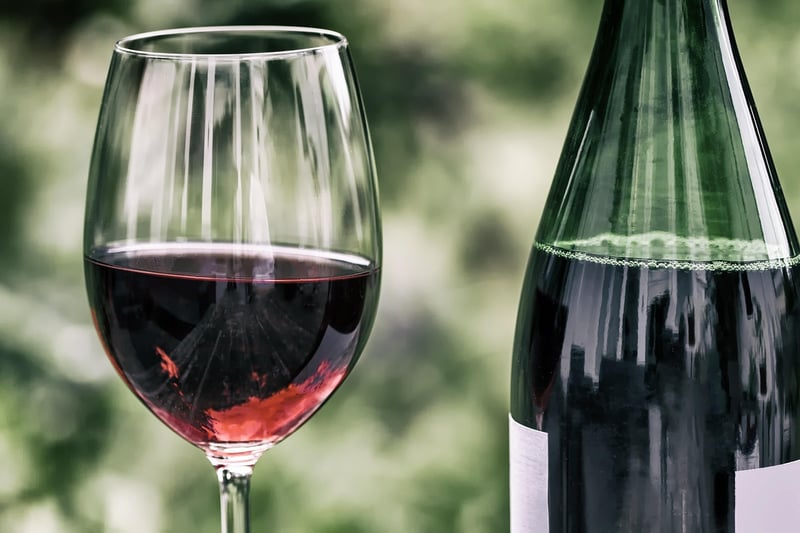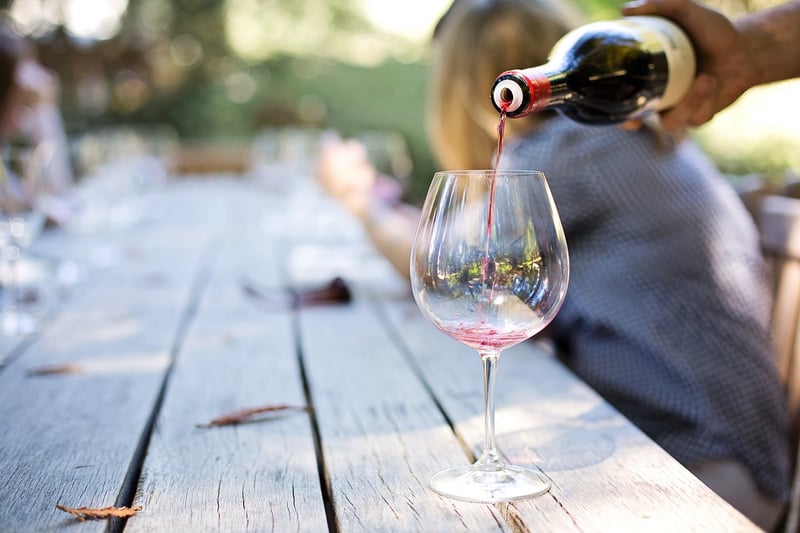Wine Tasting
Exploring the Art of Food Pairing and Wine Tasting
Embark on a journey of culinary delight as we delve into the exquisite world of food experiences and wine tasting. Whether you are a seasoned connoisseur or a curious novice, this guide will enhance your understanding and appreciation of the fine art of pairing food with wine.
Discovering Flavor Profiles
Before embarking on your food and wine adventure, it's essential to understand the concept of flavor profiles. Different foods and wines possess unique flavor characteristics, ranging from sweet and savory to acidic and bitter. By recognizing these profiles, you can create harmonious pairings that elevate the dining experience.
Pairing Principles
When it comes to pairing food and wine, there are several fundamental principles to keep in mind:
- Complement or Contrast: Pair wines that either complement or contrast the flavors of the dish. For example, a rich red wine can complement a hearty steak, while a crisp white wine can provide a refreshing contrast to seafood.
- Acidic Balance: Consider the acidity of both the food and wine. High-acid wines pair well with acidic dishes, while low-acid wines complement creamy or rich foods.
- Intensity Matching: Ensure that the intensity of the wine matches the intensity of the dish. Light wines pair well with delicate flavors, while robust wines stand up to bold dishes.
Exploring Wine Varietals
From robust reds to crisp whites and sparkling delights, the world of wine offers a vast array of varietals to explore. Some popular wine varietals include:
- Merlot: Known for its smooth, approachable flavors, Merlot pairs well with a variety of dishes, including roasted chicken and pasta.
- Chardonnay: This versatile white wine boasts flavors of citrus and oak, making it a great match for seafood, poultry, and creamy pastas.
- Cabernet Sauvignon: With bold tannins and rich fruit flavors, Cabernet Sauvignon complements red meats, grilled vegetables, and aged cheeses.
Enhancing Your Experience
When hosting a food and wine tasting event, consider the following tips to enhance your guests' experience:
- Offer a variety of wines to cater to different preferences and palates.
- Provide tasting notes and food pairing suggestions to guide your guests through the experience.
- Encourage guests to experiment with different pairings to discover their unique flavor preferences.
By combining the art of food pairing with the sensory experience of wine tasting, you can create memorable moments that tantalize the taste buds and elevate your culinary adventures to new heights.


Embark on a flavorful journey and savor the magic of food experiences paired with exquisite wines. Cheers to new discoveries and unforgettable tastes!
